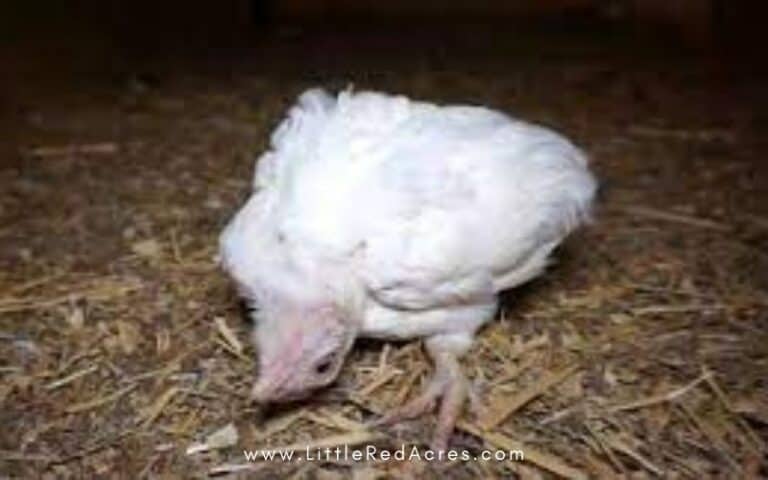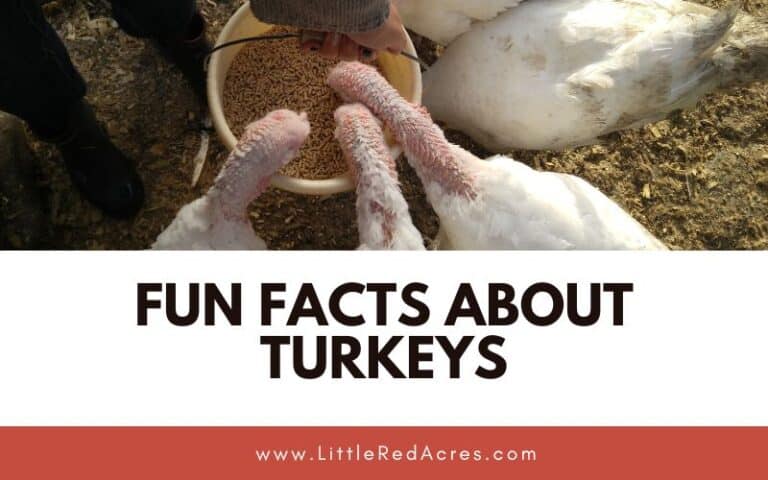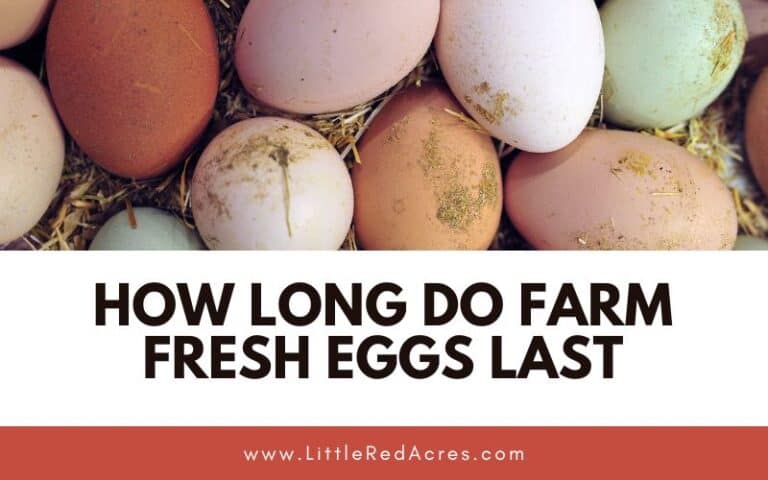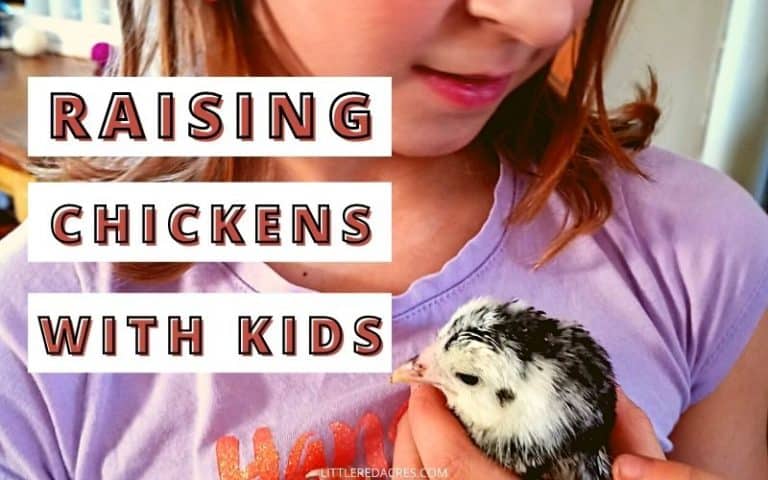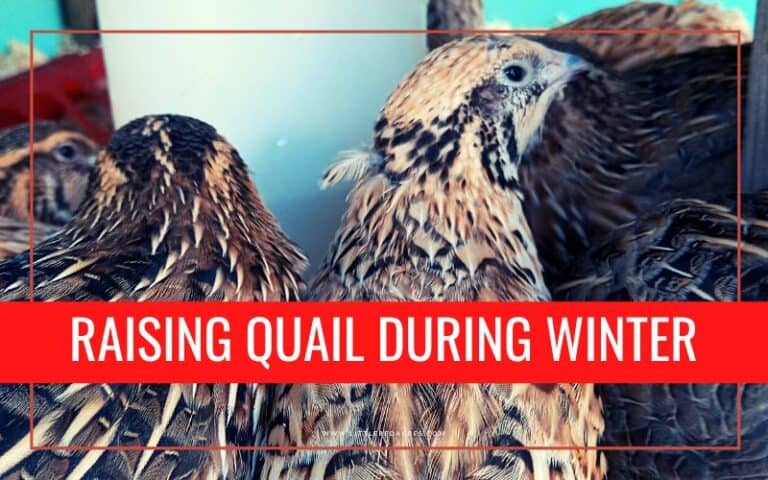How to Raise Humidity in An Incubator
Inside: There are essential tips to raise humidity in an incubator during hatching. Here are some strategies for successful hatching.
Egg incubators play a vital role in hatching various bird species, such as chickens, quails, and turkeys, by providing a controlled environment for embryo development. You might need to raise humidity in incubator levels for the success of these incubators, and this becomes even more critical during lockdown.
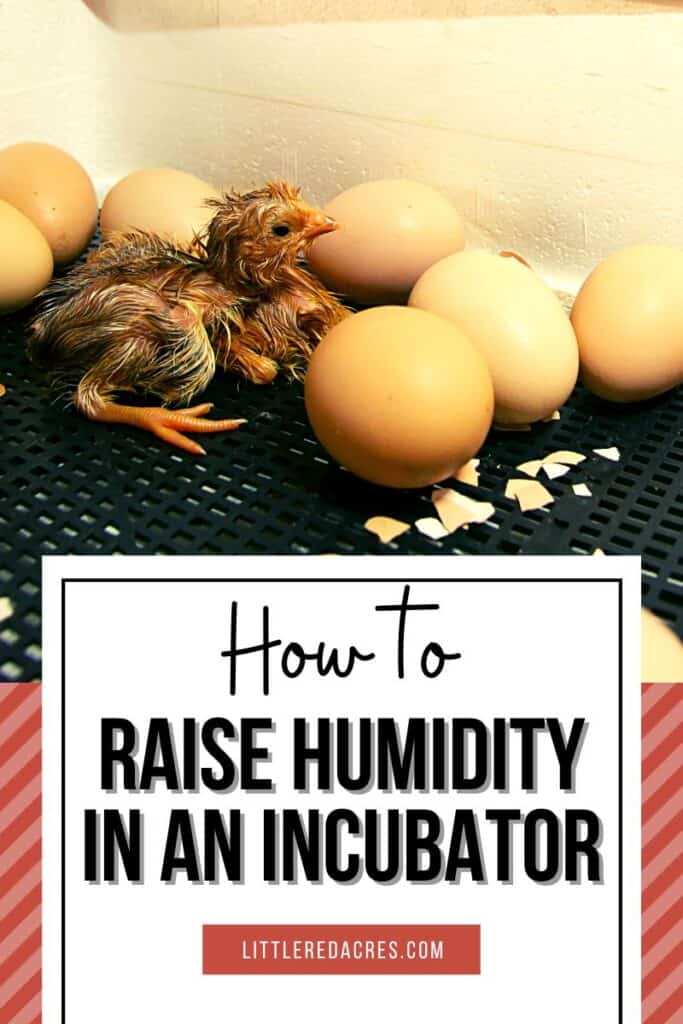
This post may contain affiliate links, see my disclosure policy for more information.
Raising Humidity in An Egg Incubator
Humidity in incubators is a hot topic! From what the humidity levels should be for each stage of incubation. Some people chose to not add water to incubators until lockdown, doing what is called a dry hatch.
I always add water to my incubator reservoirs when hatching. So let's talk about raising humidity in your incubators.
Get updates & freebies delivered to your inbox!
How to Increase Humidity in An Incubator During Lockdown
Water Reservoirs
One of the simplest methods to boost humidity in an egg incubator is by placing water reservoirs inside. This increases the surface area for evaporation, raising humidity. Ensure to regularly check and replenish the water to maintain consistent humidity levels.
This is the easiest way to keep an eye on the humidity levels.
Most egg incubators have a way for you to add water to them from the outside so you don't even have to open the incubator.
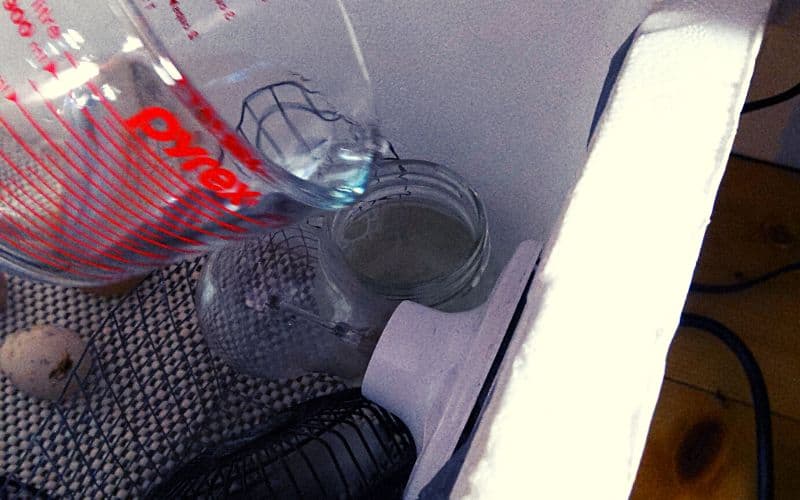
Wet Sponges or Towels
Using wet sponges or towels is another effective approach. Dampen sponges or towels and place them strategically within the egg incubator. As the water evaporates, it enhances humidity.
Regular monitoring is essential to prevent over-drying and ensure that these materials don't interfere with the incubating eggs.
I use this method in my homemade incubator, and I place the cloth in a jar to keep it contained so I don't have to worry about chicks getting hurt or entangled in the cloth.
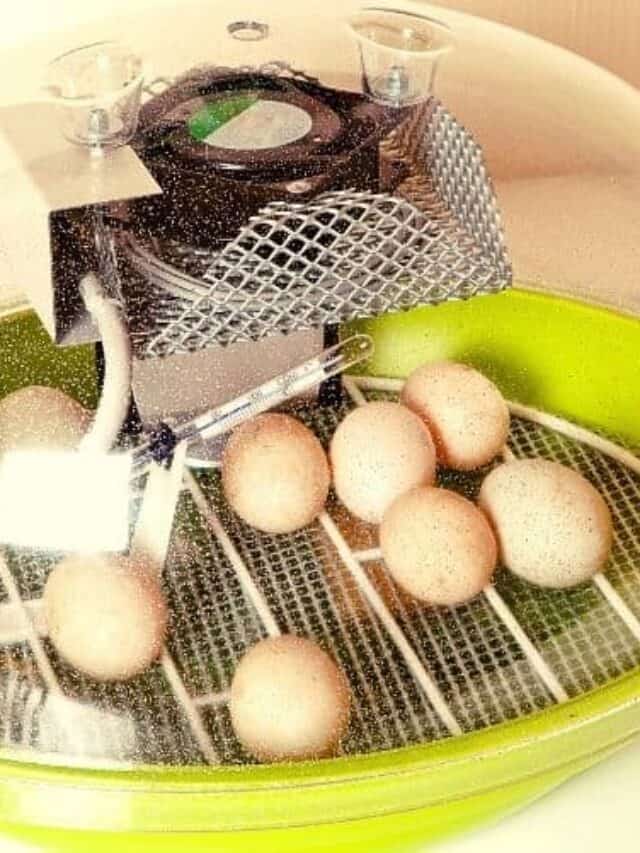
Humidity-Boosting Substances
Adding things like Boveda packs to the egg incubator can enhance humidity. These materials absorb and release moisture, creating a more controlled environment.

How to Measure Humidity in An Egg Incubator
Accurate measurement of humidity is crucial for the successful hatching of eggs. Here are some methods to measure humidity.
Digital hygrometers are specifically designed to measure humidity. Place them in different areas of the egg incubator to monitor variations in humidity levels. Regular calibration is necessary to maintain accuracy.
Maintaining optimal humidity in an egg incubator is essential for the successful hatching of eggs from various bird species during lockdown situations.
Implementing strategies like water reservoirs, wet sponges, humidifiers, and humidity-boosting substances can help achieve and sustain the desired humidity levels.
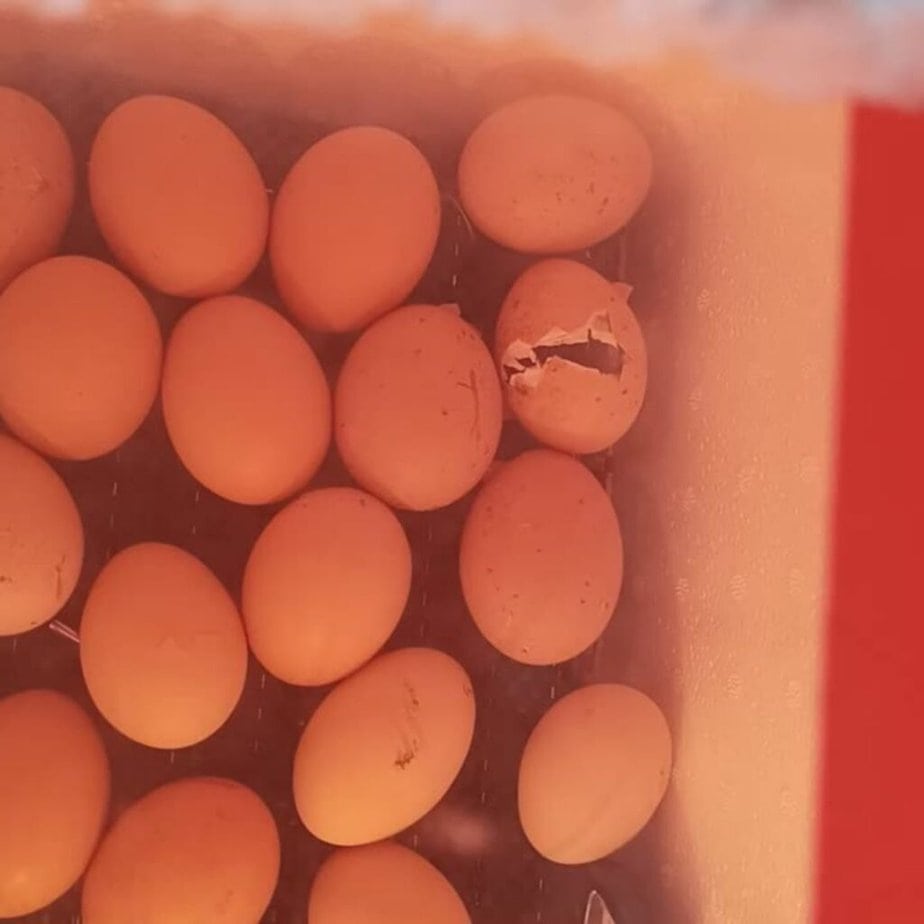
What Happens If Humidity Isn't Right In An Egg Incubator?
If the humidity is too low in your incubator during hatch, your chicks can end up “vacuum-sealed” in their eggshells once they pip. The membranes can dry out inside their egg and to them. In this case, the chick can't move to continue to hatch. And then they die.
If the humidity is too high in your incubator then you can drown your chicks in their eggshells.
It is a tricky balance.
Frequently Asked Questions
Where do you put the hygrometer in an incubator? Ideally, the temperature and humidity sensor probes should be placed near the top of the egg that is closest to the center of your egg incubator.
What humidity is too high for hatching eggs? The ideal humidity level for chicken eggs is between 50% and 55% for the first 18 days of incubation and then increased to 65% to 75% for the last few days of hatching.

Want More?
5 Easy Steps to Incubator Lockdown
Different Types of Egg Turners for Incubators
Raising the Humidity in Styrofoam Incubators

